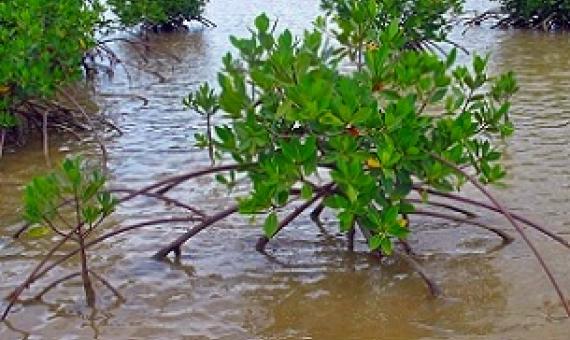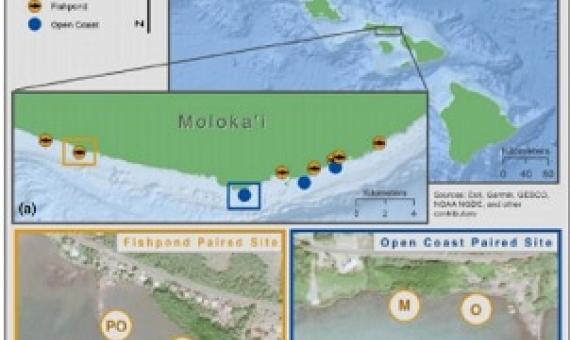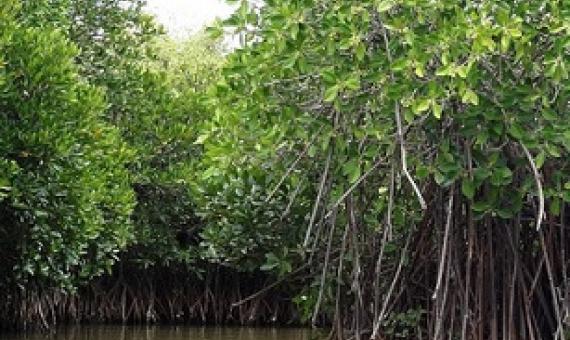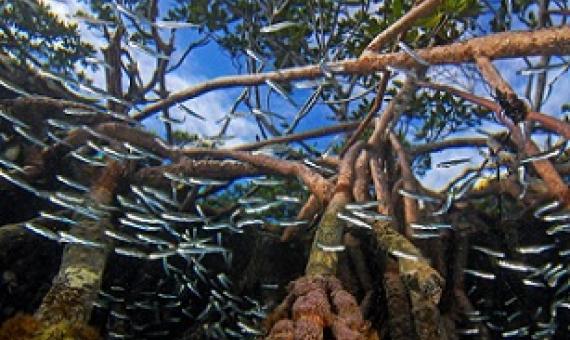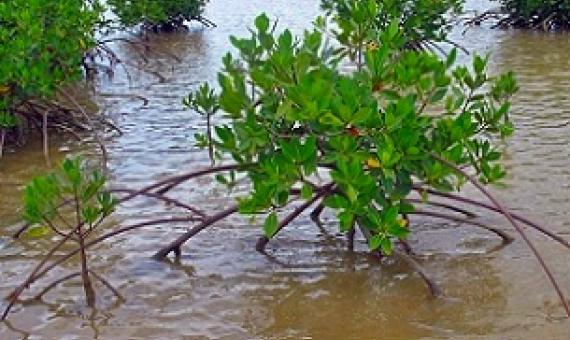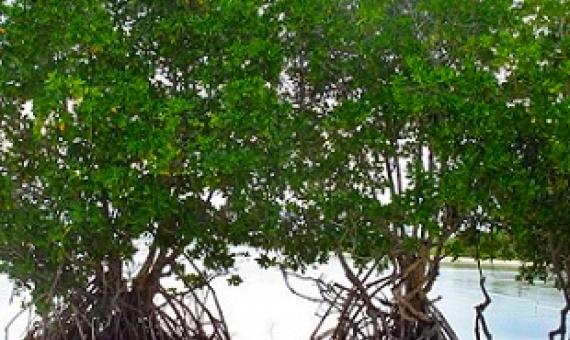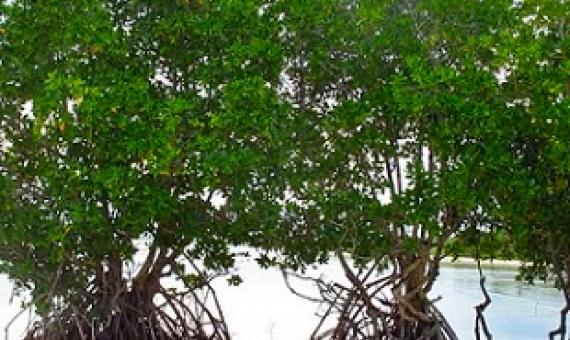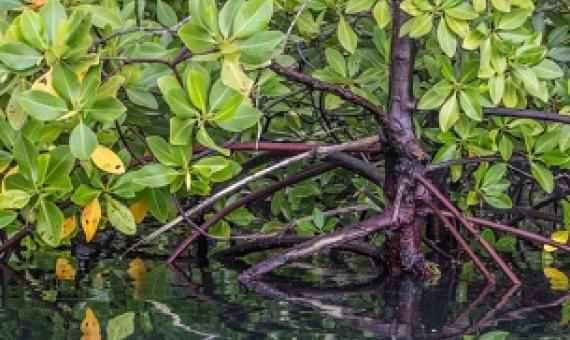The Pew Charitable Trusts today applauded several nations for including ambitious targets to protect and restore coastal wetlands in their updated nationally determined contributions (NDCs). Parties to the Paris Agreement are increasingly recognizing the role that coastal "blue carbon" habit
In a new paper published in the Journal of Applied Ecology, environmental science and management professor Elise Granek and lead author Casey Lewis, PSU alumna, report the findings of a census of zooplankton communities in non-native mangrove habitats and open coastline on the islan
The study, published in Scientific Reports, says that mangrove ecosystems have high rates of carbon sequestration which is reflected in their vast aboveground biomass and soil carbon content...Dina Nethisa Rasquinha, lead author of the study...says that the study provides
If any single event was a watershed for conservation of the world’s mangrove forests, it was the Indian Ocean tsunami of 2004...In the aftermath of the tsunami, some scientists reported that settlements behind swampy, shoreline mangrove forests often suffered less damage, and fewer casualties, th
Mangrove conservation and restoration in SIDS can contribute to achieving a range of international targets and commitments, including multiple SDGs.
Audrey Azoulay, Director General of the UN Educational, Scientific and Cultural Organization (UNESCO), made the appeal in her message for the International Day for the Conservation of the Mangrove Ecosystem, observed on 26 July. Mangroves are found in tropical and sub-tropical regions,
“...The loss of mangroves can reduce or even decimate important fish and bird habitats, resulting in economic losses to communities that rely on mangroves for both subsistence and income livelihood.” This was emphasised by the Minister for Agriculture, Waterways and Environment, Dr Mahendra Reddy
Marine ecologists have revealed mangroves might be threatened by a limited number of crustaceans, molluscs and other invertebrates for each ecological role.
Decision-makers around the world are increasingly interested in using ecosystem solutions such as mangroves, coral reefs, sand dunes and forests on steep slopes to help buffer the impacts from hazard events and protect populations.
With the International Day of Forests 2021 already a fading memory, perhaps it's time to forget them for another year and shift our attention to the next worthy cause. Well, no.

